In a distant star system, a sunlike star orbits an invisible object that may be the first example of a ‘boson star’ made of dark matter, new research suggests.
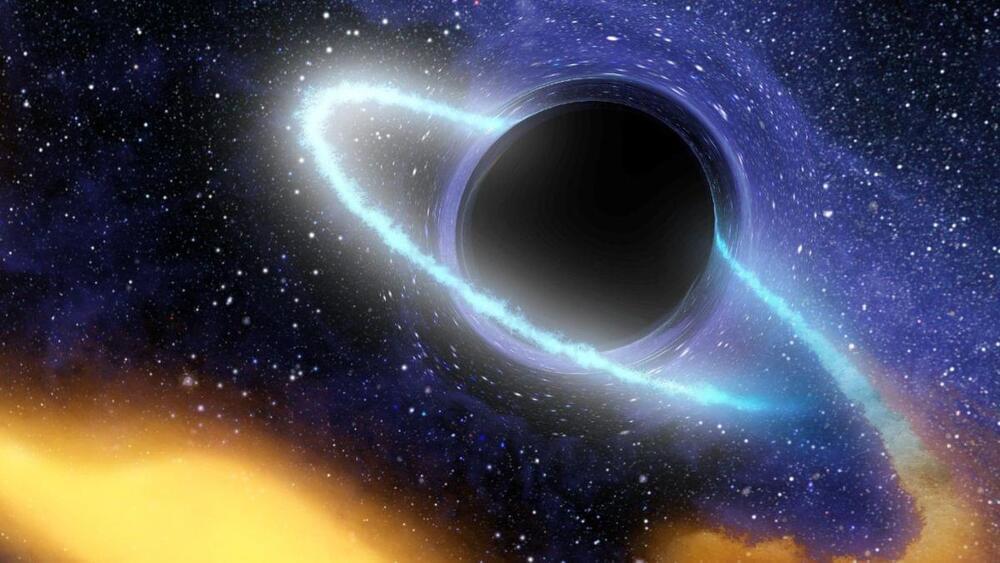

Perspective from a very-educated layman. Er, laywoman.
This is Hello, Computer, a series of interviews carried out in 2023 at a time when artificial intelligence appears to be going everywhere, all at once.
Sabine Hossenfelder is a German theoretical physicist, science communicator, author, musician, and YouTuber. She is the author of Lost in Math: How beauty leads physics astray, which explores the concept of elegance in fundamental physics and cosmology, and of Existential Physics: A scientist’s guide to life’s biggest questions.
Sabine has published more than 80 research papers in the foundations of physics, from cosmology to quantum foundations and particle physics. Her writing has appeared in Scientific American, Nautilus, The New York Times, and The Guardian.
Sabine also works as a freelance popular science writer and runs the YouTube channel Science Without the Gobbledygook, where she talks about recent scientific developments and debunks hype, and a separate YouTube channel for music she writes and records.
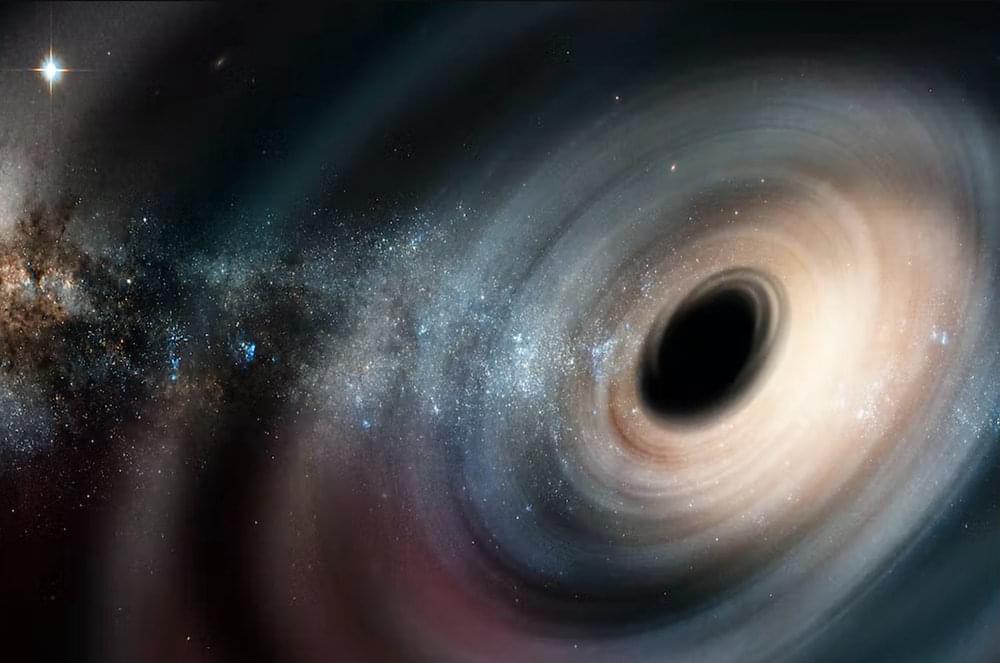
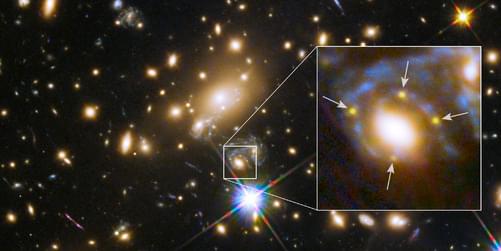
This year marks the 100th anniversary of Edwin Hubble’s observation of a pulsating star called a Cepheid variable in the Andromeda nebula. The star was surprisingly faint, implying that it was very far away and that Andromeda must be a separate galaxy—the first evidence that our Milky Way is not alone. Hubble went on to uncover other galaxies and found that they were all moving away from us—a cosmic expansion characterized by the so-called Hubble constant. Astronomers have now used another star, an exploding supernova whose light was bent as it traveled to Earth, to probe the expansion [1]. By determining a time delay between different images of the supernova, the team has recovered a value of the Hubble constant that is lower than estimates based on Cepheids and on other distance markers. However, the error bars are large for the new measurement, so astronomers will need more observations to make lensed supernovae a precision speed check on cosmic expansion.
A lensed supernova is created by the light-bending power of gravity. When a supernova is behind a galaxy, relative to Earth, the light from the exploding star gets curved around the galaxy by the galaxy’s gravity. This action both distorts the star’s image and magnifies it, just like a magnifying glass. Sometimes this lensing can produce multiple images of the star, with each appearing at a different point in the sky. The light from such a set of images travels to Earth along different paths, and so arrives at Earth at different times. In 1964, the astronomer Sjur Refsdal proposed using the time delays to measure the Hubble constant. But detecting a multi-imaged supernova has proved tricky.
Luck finally came 50 years after Refsdal’s proposal. In a Hubble space telescope image from December 2014, Patrick Kelly, then at the University of California, Berkeley, and now at the University of Minnesota, spotted four lensed images of the same supernova [2]. The team was unable to determine the exact time delays between these images, but from previous observations of this part of the sky, Kelly and his colleagues predicted that a fifth image was on the way. This expectation was based on the spotted supernova sitting behind a galaxy cluster, rather than a single galaxy, so the supernova light had multiple paths to reach Earth. The astronomers kept a steady watch, and sure enough the fifth image appeared in December 2015, roughly 376 days after the other four images. This long time delay, which was caused by the cluster’s large mass density, was a boon to the cosmic expansion measurement.
It says our world arose from the explosion of singularity or a point in space-time where energy, density, and mass go to infinity, and any dimension goes to zero. It’s a point where there’s no space, time, or matter.
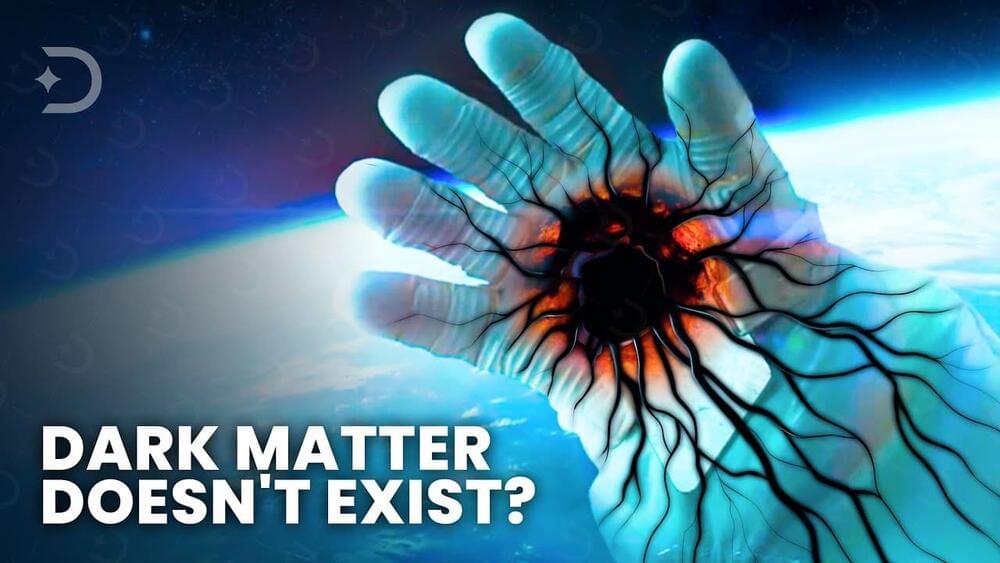
Click on photo to start video.
What we do know is that there is some mysterious force at work attracting and holding galaxies together, while dark energy is accelerating the universe at the same time…but neither one of these mysterious particles has been detected.
But now some scientists believe that dark matter might be swirling around the edges of black holes, and other physicists believe they have found dark energy right here on Earth, and some say dark energy might not be real after all. Could it be true? Get ready to find out the answers to this and more!
When stars like our Sun die, they tend to go out with a whimper and not a bang – unless they happen to be part of a binary (two) star system that could give rise to a supernova explosion.
Now, for the first time, astronomers have spotted the radio signature of just such an event in a galaxy more than 400 million light-years away. The finding, published today in Nature, holds tantalizing clues as to what the companion star must have been like.
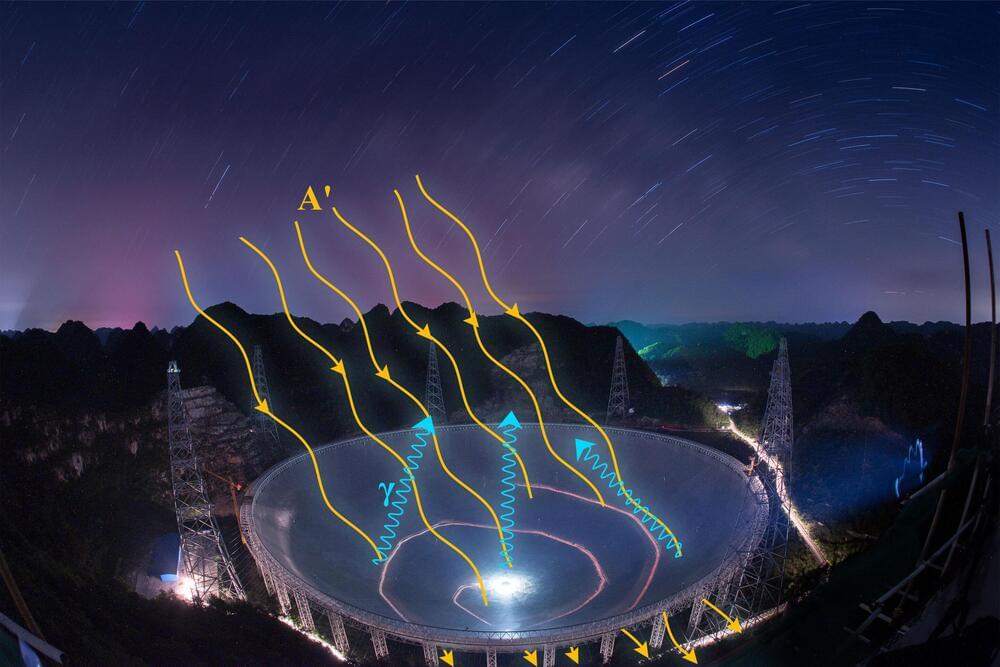
Dark matter, matter in the universe that does not emit, absorb or reflect light, cannot be directly detected using conventional telescopes or other imaging technologies. Astrophysicists have thus been trying to identify alternative methods to detect dark matter for decades.
Researchers at Tsinghua University, the Purple Mountain Observatory and Peking University recently carried out a study exploring the possibility of directly detecting dark photons, prominent dark matter candidates, using radio telescopes. Their paper, published in Physical Review Letters, could inform future searches for dark photons, which are hypothetical particles that would carry a force in dark matter, similarly to how photons carry electromagnetism in normal matter.
“Our previous work studied the conversion of dark photons into photons in the solar corona,” Haipeng An, one of the researchers who carried out the study, told Phys.org.

This may sound like a science fiction scenario, but some physicists have proposed that this could be the case. In this article, we will explore the idea that our universe may be inside of a black hole, and what implications this would have for our understanding of cosmology and physics.
A black hole is a region of space where gravity is so strong that nothing can escape, not even light. According to Einstein’s theory of general relativity, black holes are formed when massive stars collapse at the end of their life cycle. The resulting singularity is a point of infinite density and zero volume, where the laws of physics break down.
Scientists discover possible connection between human brain and cosmos on a quantum scale.
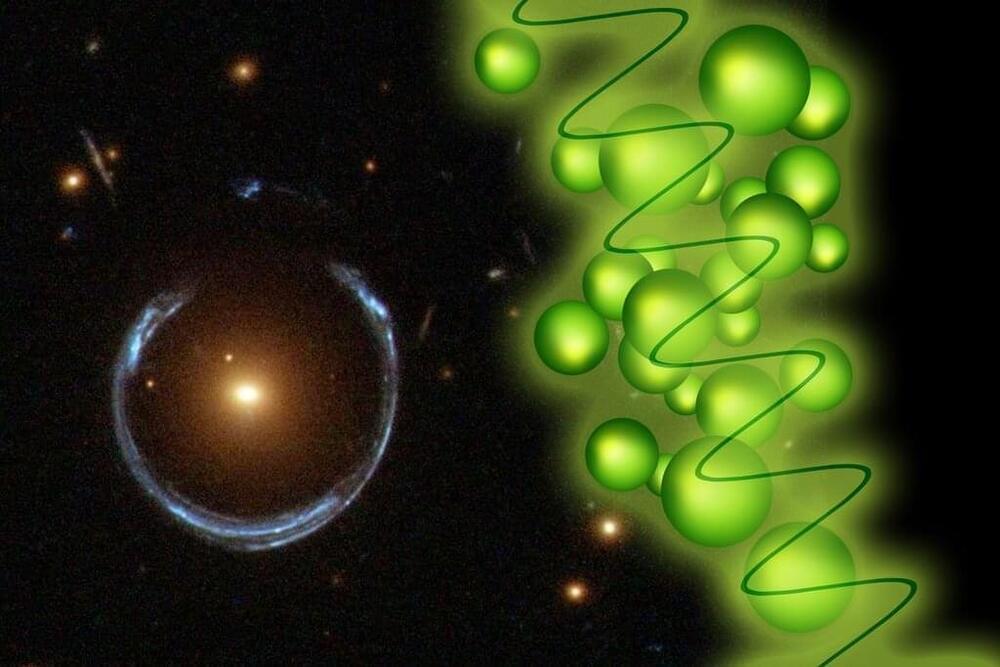
The theory of relativity works well when you want to explain cosmic-scale phenomena—such as the gravitational waves created when black holes collide. Quantum theory works well when describing particle-scale phenomena—such as the behavior of individual electrons in an atom. But combining the two in a completely satisfactory way has yet to be achieved. The search for a “quantum theory of gravity” is considered one of the significant unsolved tasks of science.
This is partly because the mathematics in this field is highly complicated. At the same time, it is tough to perform suitable experiments: One would have to create situations in which phenomena of both the relativity theory play an important role, for example, a spacetime curved by heavy masses, and at the same time, quantum effects become visible, for example the dual particle and wave nature of light.
At the TU Wien in Vienna, Austria, a new approach has now been developed for this purpose: A so-called “quantum simulator” is used to get to the bottom of such questions: Instead of directly investigating the system of interest (namely quantum particles in curved spacetime), one creates a “model system” from which one can then learn something about the system of actual interest by analogy. The researchers have now shown that this quantum simulator works excellently.